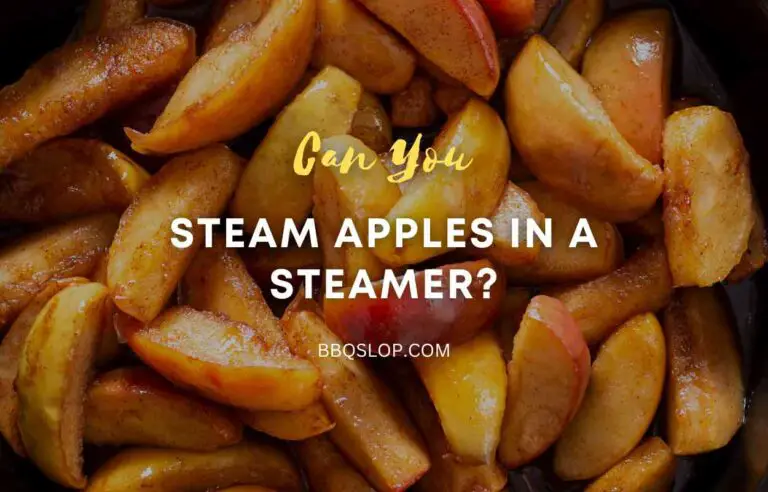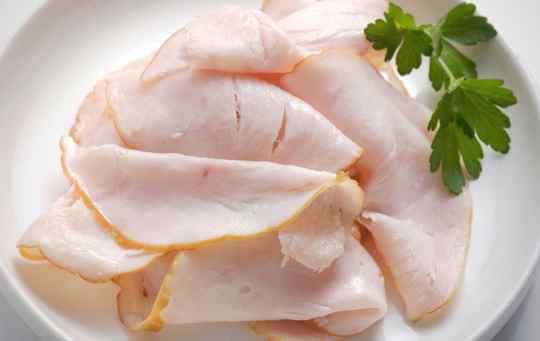What Is The Right Temp for Smoking Brisket?
As a self-proclaimed BBQ enthusiast, there’s nothing I love more than smoking a perfectly juicy and tender brisket. It’s a labor of love that requires patience, attention to detail, and a good understanding of temperature control.
The right temperature for smoking brisket is between 225-250 degrees Fahrenheit. This low-and-slow approach allows the collagen in the meat to break down slowly, resulting in a tender and juicy brisket. Use a meat thermometer to monitor the internal temperature of the meat and adjust the temperature as needed.
When it comes to smoking brisket, the right temperature is crucial for achieving that perfect balance of tenderness and flavor.
So, what is the right temperature for smoking brisket? Let’s dive into the topic and explore the different factors that influence the ideal temperature range for smoking brisket.

1. Know Your Brisket
The first thing to consider when the smoking brisket is the size and thickness of the cut.
A larger, thicker brisket will take longer to cook and therefore require a lower cooking temperature to ensure it doesn’t dry out.
On the other hand, a smaller, thinner brisket may cook faster and be more prone to drying out at a higher temperature.
To determine the ideal cooking temperature for your brisket, it’s helpful to use a meat thermometer to monitor the internal temperature of the meat as it cooks.
This will allow you to gauge the progress of the brisket and adjust the temperature accordingly.
2. Understand the “Stall”
When smoking brisket, you may experience what’s known as the “stall.” This is a period of time during the cooking process when the internal temperature of the meat seems to plateau and stop rising.
The stall is caused by the moisture in the meat evaporating and cooling down the outer layers of the meat, which slows the overall cooking process.
The stall typically occurs around the 150-160 degree Fahrenheit range, and it can last anywhere from a few hours to more than half a day.
The best way to get through the stall is to be patient and let the brisket cook slowly.
If you’re tempted to turn up the heat to speed things up, resist the urge. This will only dry out the meat and ruin all your hard work.
3. Temperature Range for Smoking Brisket
So, what is the right temperature range for smoking brisket? The ideal temperature range for smoking brisket is between 225-250 degrees Fahrenheit.
This low-and-slow approach allows the collagen in the meat to break down slowly, resulting in a tender and juicy brisket.
It’s important to note that the cooking time for brisket can vary greatly depending on the size and thickness of the cut.
A good rule of thumb is to allow for about 1.5-2 hours of cooking time per pound of brisket.
4. Don’t Forget the Resting Period
Once the brisket has reached the desired internal temperature (around 195-203 degrees Fahrenheit for a tender, juicy brisket), it’s important to let it rest for at least 30 minutes before slicing and serving.
During the resting period, the juices in the meat redistribute and the brisket becomes even more tender. If you slice into the brisket too soon, all those delicious juices will escape and you’ll be left with a dry, overcooked brisket.
5. Monitor the Temperature and Use Wood Chips for Flavor
To ensure a perfectly cooked brisket, it’s important to monitor the temperature throughout the cooking process.
A meat thermometer is an essential tool for this task, as it allows you to accurately gauge the internal temperature of the meat and adjust the temperature as needed.
In addition to temperature control, wood chips can add a depth of flavor to your brisket. Different types of wood chips (such as hickory, mesquite, or oak) can impart different flavors to the meat, so experiment with a few different types to find your favorite.
Conclusion
Smoking brisket requires patience and attention to temperature control. The right temperature range for smoking brisket is between 225-250 degrees Fahrenheit.
And it’s important to monitor the internal temperature of the meat with a meat thermometer to ensure it reaches the desired level of tenderness.
It’s also worth noting that the size and thickness of the brisket, as well as the type of wood chips used, can influence the final result.
Don’t forget to allow for a resting period after cooking to allow the juices in the meat to redistribute and the brisket to become even more tender.
With a little practice and some experimentation, you’ll be well on your way to smoking the perfect brisket every time.
FAQs
What is the ideal temperature range for smoking brisket?
The ideal temperature range for smoking brisket is between 225-250 degrees Fahrenheit. This low-and-slow approach allows the collagen in the meat to break down slowly, resulting in a tender and juicy brisket.
How long does it take to smoke a brisket?
The cooking time for brisket can vary greatly depending on the size and thickness of the cut. A good rule of thumb is to allow for about 1.5-2 hours of cooking time per pound of brisket.
How do I know when my brisket is done cooking?
To determine when your brisket is done cooking, use a meat thermometer to monitor the internal temperature of the meat. The desired internal temperature for a tender, juicy brisket is around 195-203 degrees Fahrenheit.
What causes the “stall” when smoking brisket?
The “stall” is a period of time during the cooking process when the internal temperature of the meat seems to plateau and stop rising. It is caused by the moisture in the meat evaporating and cooling down the outer layers of the meat, which slows the overall cooking process.
Why is it important to let the brisket rest after cooking?
It’s important to let the brisket rest for at least 30 minutes after cooking because the juices in the meat redistribute and the brisket becomes even more tender. If you slice into the brisket too soon, all those delicious juices will escape and you’ll be left with a dry, overcooked brisket.






